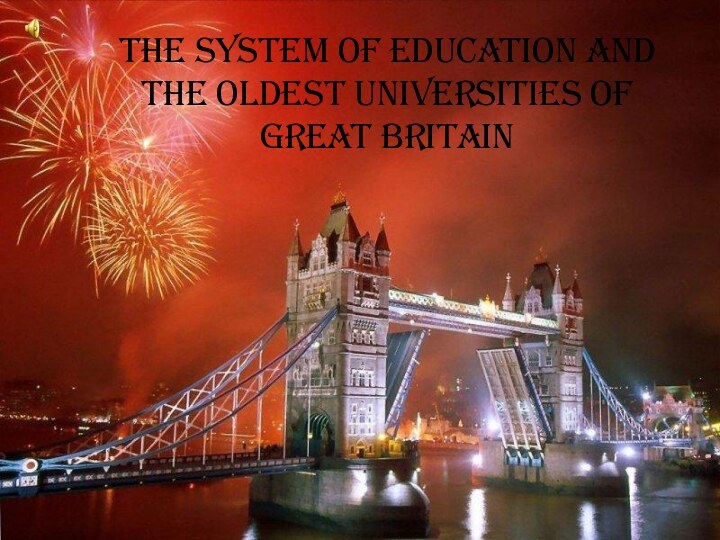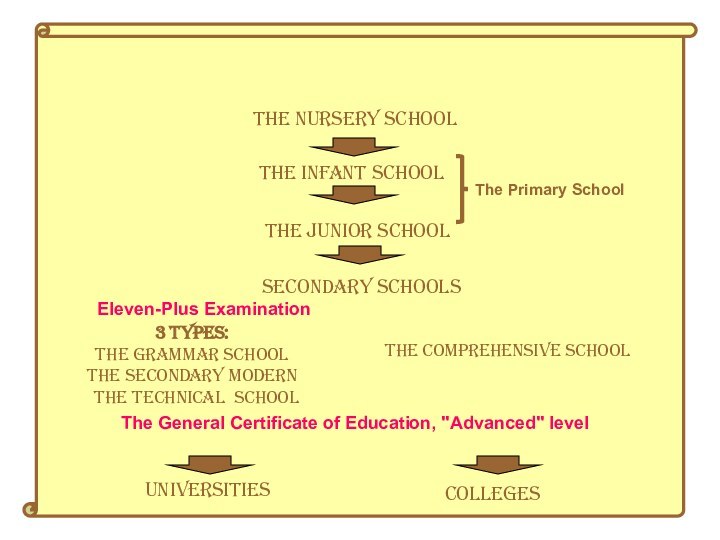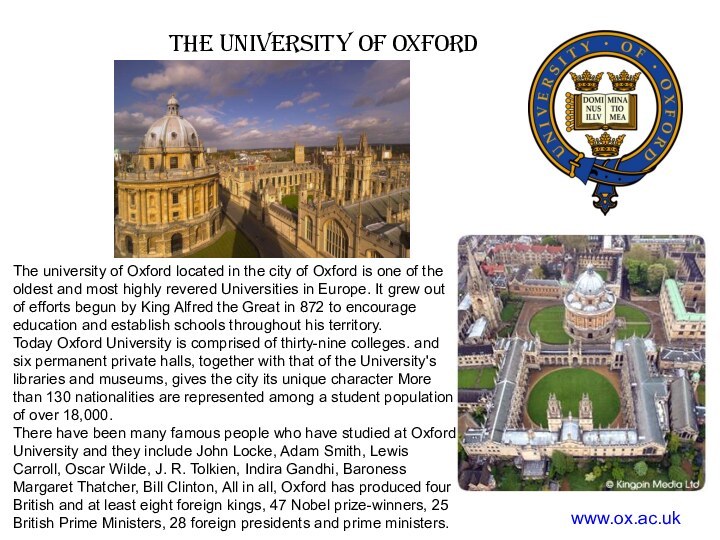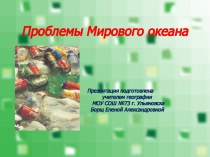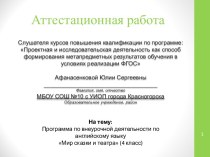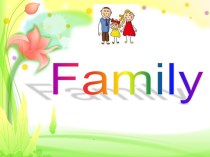develop to the full the talents of both children
and adults for their own benefit and that of society as a whole.The educational system of Great Britain has developed for over a hundred years. It is a complicated system with wide variations between one part of the country and another.
All children and young people between the ages of 5 and 16 in England, Scotland and Wales, and 4 and 16 in Northern Ireland, must, by law, receive full-time education.
